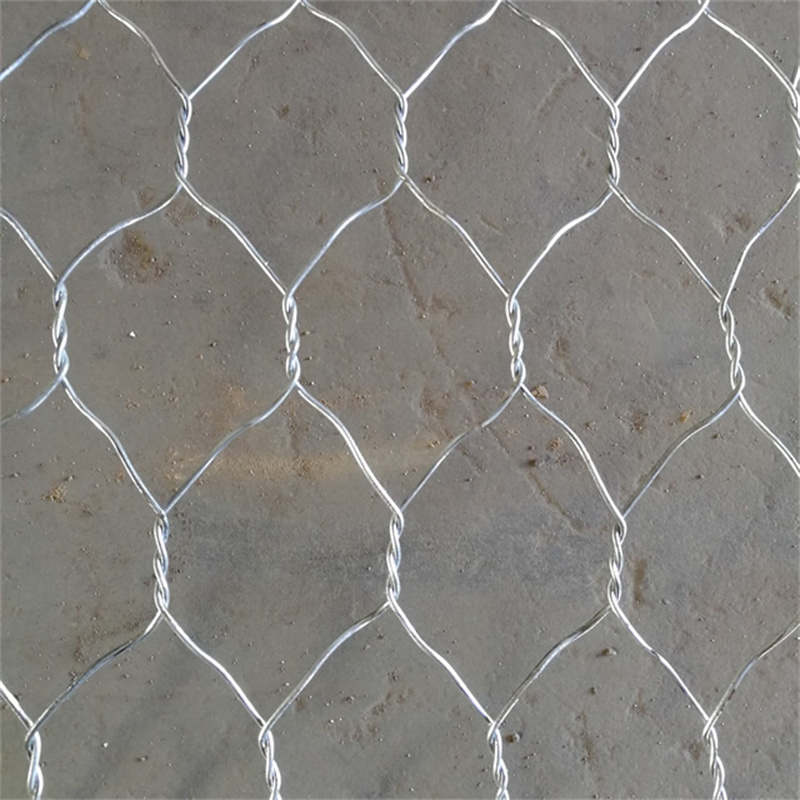ऑगस्ट . 20, 2024 00:18 Back to list
Leading Suppliers of Architectural Gabions for Innovative Landscape Designs
The Rise of Architectural Gabion Suppliers Transforming Landscape Design
In recent years, the use of gabions in architectural and landscape design has gained significant traction. Initially embraced for their functional applications in civil engineering—such as erosion control and soil stabilization—gabions have evolved into a popular aesthetic choice among architects and designers. This transformation has led to the emergence of specialized architectural gabion suppliers, catering to a diverse array of projects that blend practicality with visual appeal.
What Are Gabions?
Gabions are wire mesh cages filled with stones, rocks, or other materials. They are often used to create retaining walls, riverbanks, and various other structures. However, their versatility has expanded, allowing them to be utilized as decorative elements in gardens, parks, and urban spaces. The unique combination of natural materials and sturdy construction enables gabion structures to withstand environmental pressures while offering an organic look that complements the surrounding landscape.
Architectural Applications
Architectural gabion suppliers provide a range of products specifically designed for aesthetic purposes. These include decorative gabion walls, benches, columns, and planters. The artistic potential of gabions is immense; creative designers have incorporated them into modern urban designs, creating functional artworks that enhance public spaces.
One of the critical advantages of using gabions is their adaptability. They can be tailored to fit various styles, from rustic and traditional to sleek and contemporary designs. Their ability to blend seamlessly into natural environments makes them a favorite among landscape architects aiming to create harmonious outdoor spaces.
Sustainability and Environmental Benefits
architectural gabion suppliers

Sustainability is a growing concern in the architectural realm, and gabions offer an eco-friendly solution. The use of local stones and materials reduces transportation emissions and supports sustainable local economies. Moreover, gabion structures promote biodiversity; the voids between the stones can host plants and insects, fostering natural habitats.
Additionally, gabions are a porous material, allowing water to flow through rather than pooling or creating runoff. This feature not only aids in managing stormwater but also helps prevent soil erosion, making them an ideal choice for sustainable landscaping projects.
The Role of Suppliers
As the demand for innovative and aesthetically pleasing gabion solutions grows, so too does the role of architectural gabion suppliers. These suppliers not only provide the materials but also offer design consultation and installation services. Many suppliers have embraced a customer-centered approach, working closely with architects and contractors to ensure that the gabions are tailored to meet specific project needs and design visions.
In addition to providing high-quality products, leading suppliers often stay ahead of trends and innovations in gabion design. By integrating new materials, finishes, and installation techniques, they can expand the possibilities of gabion use in architecture and landscape design.
Conclusion
The emergence of architectural gabion suppliers marks a significant shift in how we approach landscape design and urban planning. By combining functionality with aesthetics, gabions have become a keystone in modern design strategies. Through sustainability, versatility, and innovative design, gabions demonstrate how practical solutions can also enhance beauty and functionality in our environments. As architects continue to explore the potential of this material, it is clear that the role of specialized suppliers will be indispensable in shaping the future of landscape architecture.
-
HESCO Gabion Baskets for Coastal Erosion Prevention
NewsAug.22,2025
-
Longevity and Durability of River Rock Gabion Walls
NewsAug.22,2025
-
How to Integrate Gabion 3D Walls in Urban Planning
NewsAug.22,2025
-
Reno Mattress Gabion Applications in Civil Engineering
NewsAug.22,2025
-
How to Install Wire Mesh for Gabion Baskets Properly
NewsAug.22,2025
-
Best Materials for Filling a Chain Link Gabion
NewsAug.22,2025
-
Wire Mesh Thickness Impact on Gabion Wall Load Bearing
NewsAug.12,2025






